What To Do If You Step On A Fire Ant Nest?
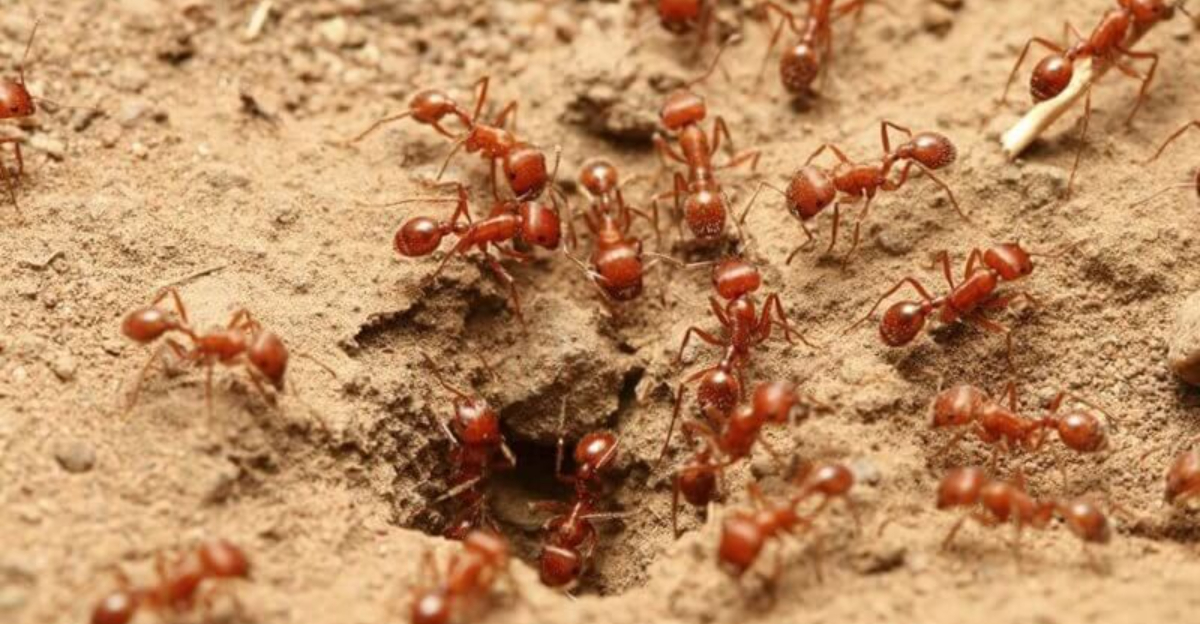
We’ve all been there. A sunny day, a walk in the park, and suddenly, you’re the main course at a fire ant feast. Ouch!
But fear not, my friend. Knowing what to do next can turn this little disaster into a mere inconvenience. Here are 15 practical tips to help you out if those tiny warriors decide to attack.
1. Stay Calm
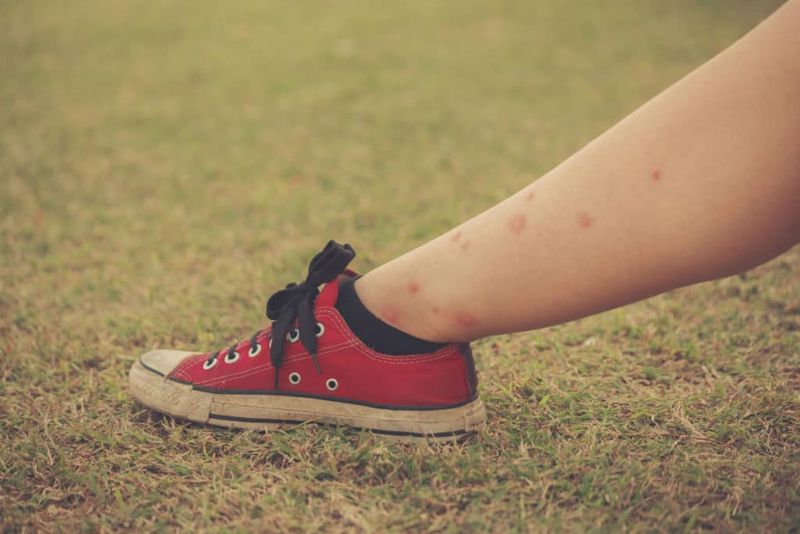
When fire ants swarm your feet, it’s easy to panic. But here’s the trick: Stay as calm as a cucumber. Moving rapidly will only make things worse. The more you flail, the more ants you attract.
Take a deep breath and slowly step away from the nest. It’s like dealing with a toddler tantrum; staying calm helps you regain control.
Remember, ants aren’t out to get you personally. They’re just defending their home. So, channel your inner Zen master, and you’ll be one step closer to safety.
2. Brush Off Ants
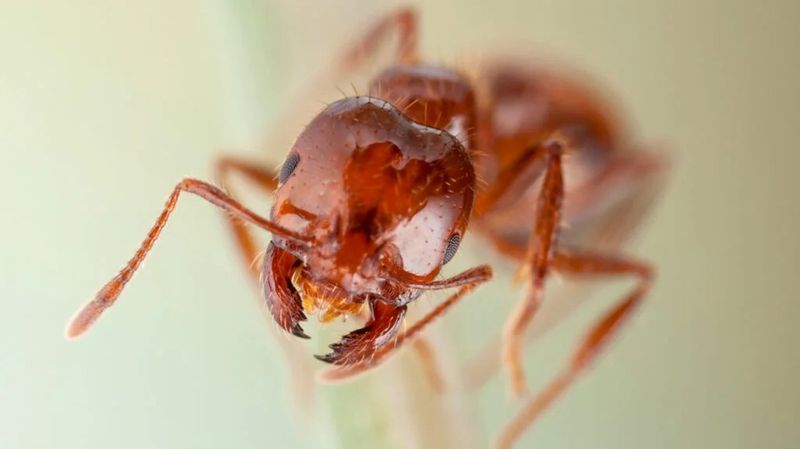
Once you’ve moved away from the nest, it’s time for a little ant eviction. Gently brush them off your skin and clothes.
Don’t squish them; that’s a surefire way to provoke more bites. Think of it as a delicate dance, where you gracefully rid yourself of unwanted guests.
Use swift, firm motions, but keep it gentle. If you’re wearing socks, remove them carefully to shake off any clingers. This step is your ticket to minimizing those itchy welts. A little patience and finesse go a long way here.
3. Apply Cold Compress
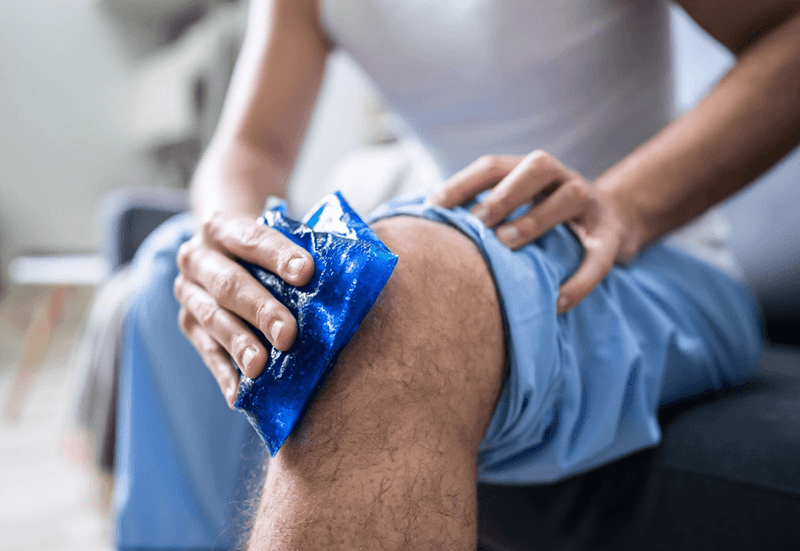
Ah, the relief of a cold compress! Once you’ve cleared the ants, grab an ice pack or a bag of frozen peas. Apply it to the bites for about 15 minutes. This cools the skin and reduces swelling. It’s like giving your fiery skin a nice, chilly hug.
Plus, it numbs the area, which can help with the itchiness. If you don’t have ice, a cold, wet cloth will do the trick.
Remember, the goal is to soothe and calm your skin, helping you recover faster from the ant ambush.
4. Apply Antihistamine Cream

After cooling the bites, it’s time to combat the itch. Grab an antihistamine cream and apply it generously to the affected areas. This wonder cream reduces itching and redness.
Think of it as a mini force field against those irritating toxins. If you’re out and about, a portable stick version might be your best friend.
Reapply as needed, and avoid scratching. With each application, you’ll feel a little more relief. It’s like magic in a tube, keeping those pesky itches at bay.
5. Take Oral Antihistamines

When the bites feel unbearable, consider popping an oral antihistamine. This will help reduce itching and swelling from the inside out.
Follow the dosage instructions carefully, and make sure it’s safe to take with any other meds you’re on.
Whether it’s over-the-counter or prescribed, this little pill can be a big help. Soon, you’ll be back to feeling yourself, with those bites fading into memory.
6. Elevate The Affected Limb
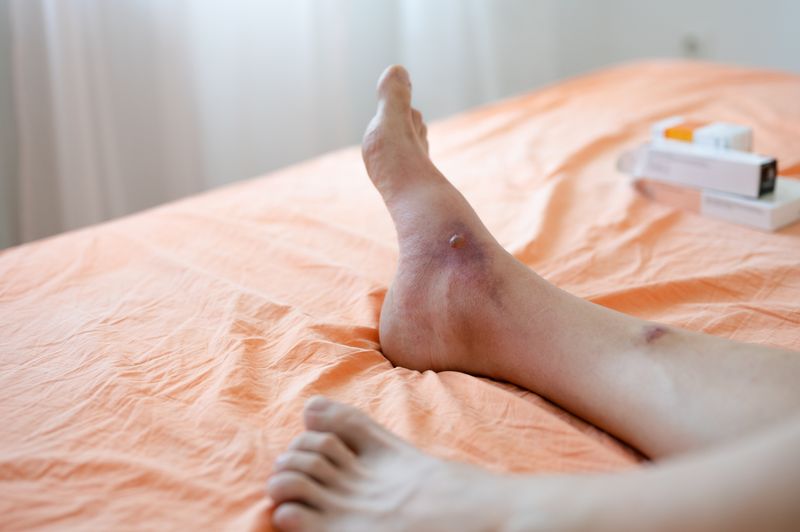
To reduce swelling, elevate the bitten area. Prop up your leg or arm on a pillow. Think of it as giving your limb a well-deserved break.
This simple trick helps fluid drain away from the area, reducing puffiness. Plus, it gives you a good excuse to relax a bit.
Lie down, kick back, and let gravity do its thing. In no time, the swelling will start to decrease, and you’ll be on the road to recovery. It’s self-care and practicality rolled into one easy step.
7. Avoid Scratching
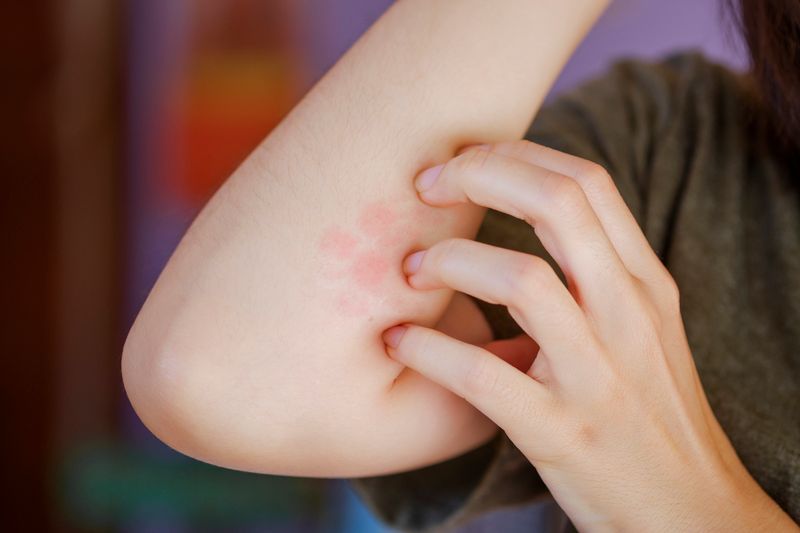
Resist the itch! Scratching might feel satisfying, but it only makes things worse. It can lead to infection or scars. Think of your skin as a healing canvas; you don’t want to disturb the masterpiece.
Instead, tap or gently rub around the area if you must. Better yet, distract yourself with something engaging, like a book or a TV show.
Keep your nails short to minimize damage if you slip up. Remember, self-control now means less discomfort later.
8. Wear Protective Clothing
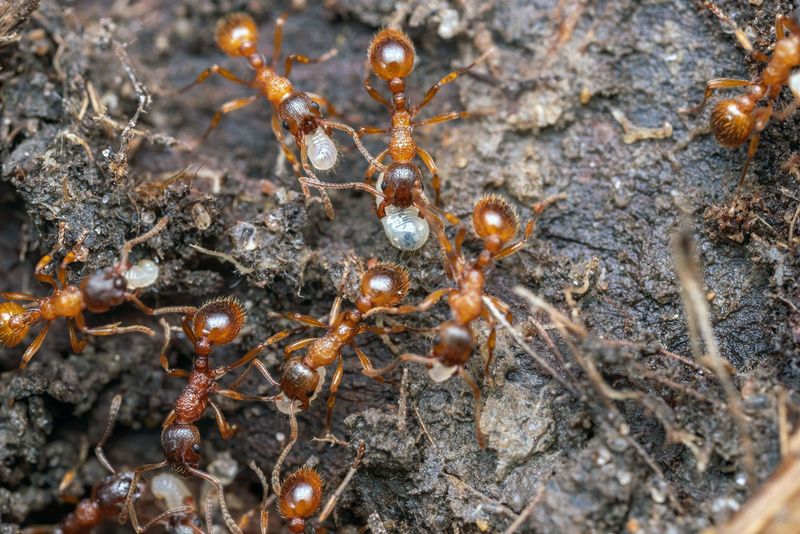
Next time you’re venturing outdoors, dress smart. Long pants and closed shoes are your best allies against fire ant invasions. Consider it your personal armor.
Tuck your pants into your socks for added protection. Light-colored clothing can help you spot any ants that hitch a ride.
It’s not just about avoiding bites; it’s about enjoying the great outdoors without fear. So, suit up, and let those ants know you’re ready for anything.
9. Identify And Avoid Nests
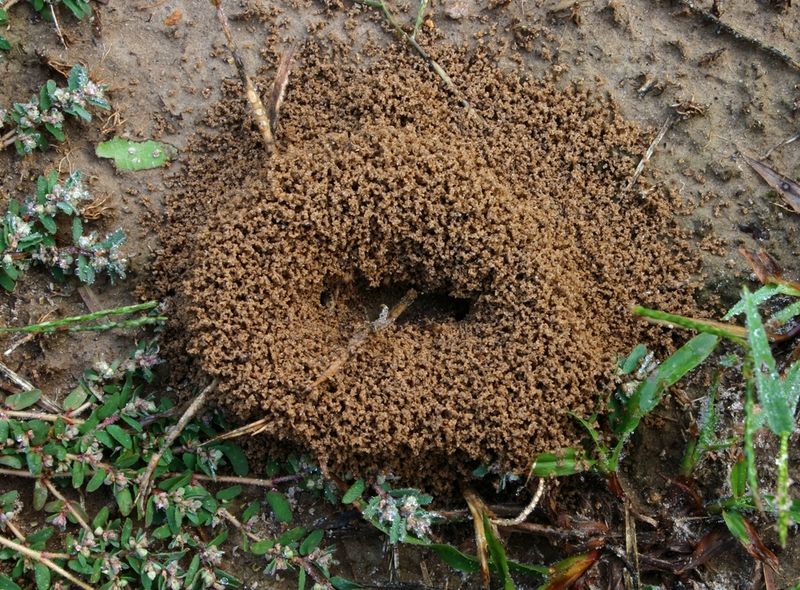
Spotting a fire ant nest can save you from future pain. They look like small mounds of loose soil and are often found in sunny, open areas. Keep an eye out when walking or picnicking.
If you find one, mark the location mentally or with a physical marker to steer clear. It’s all about being aware of your surroundings and knowing where not to tread.
10. Keep A First Aid Kit Handy
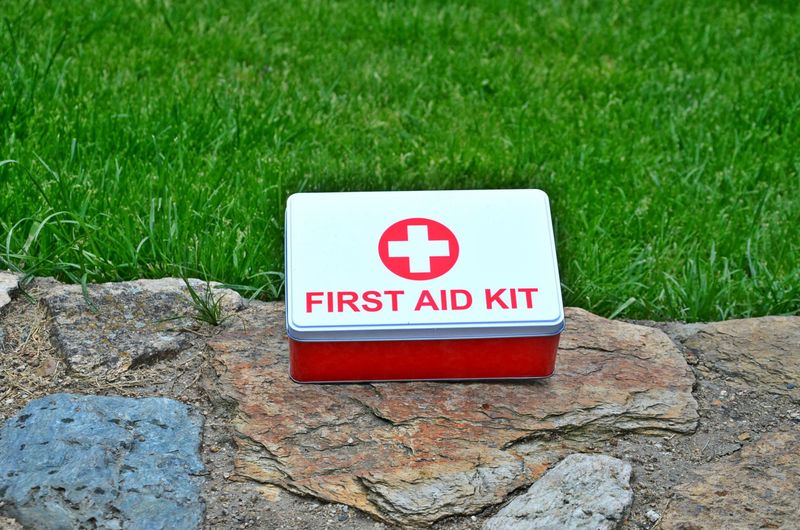
Having a well-stocked first aid kit is like having a trusty sidekick. Equip it with antihistamines, creams, and bandages, so you’re prepared for any ant encounter. It’s not just for emergencies; it’s peace of mind in a box.
Whether you’re hiking, camping, or just enjoying a day in the park, this kit is your go-to for quick relief. You never know when you, or someone else, might need it. Be prepared, and you’ll be the hero of the day.
11. Educate Family And Friends

Sharing knowledge is caring. Teach your loved ones what to do if they encounter fire ants.
Think of it as passing on a life skill. Host a casual chat or share quick tips during a family gathering. The more people know, the safer everyone becomes.
You could even make it fun with a trivia game about fire ants. It’s all about empowering each other so everyone can enjoy nature safely. Spread the wisdom, and keep those you care about protected.
12. Use Insect Repellent

Fast-drying sprays or creams can keep ants at bay. Consider them your invisible shield. Apply the repellent before heading outdoors, focusing on exposed skin.
The goal is to create an unwelcoming environment for ants. Think of it as setting up a force field. Choose a product that’s effective against ants and safe for your skin.
With the right repellent, you can enjoy your outdoor adventures with peace of mind. It’s a simple step that offers big protection.
13. Stay Informed About Local Risks

Knowing your local area’s fire ant risk can be a game-changer. Check with local authorities or online resources to identify hotspots. It’s like having a weather app for ants.
Being informed helps you plan outings and avoid high-risk zones. Whether you’re a local or a visitor, this knowledge keeps you one step ahead.
Stay aware and share the information with others. It’s all about community safety and responsibly enjoying the outdoors.
14. Know When To Seek Medical Help

Sometimes, ant bites require expert care. If you experience severe symptoms like trouble breathing or swelling, seek medical help immediately. It’s better to err on the side of caution.
Think of it as calling in reinforcements. Medical professionals can provide treatments that over-the-counter remedies can’t.
Trust your instincts, and don’t hesitate to ask for help. Your health is a priority, and quick action can prevent complications.
15. Consider Professional Pest Control
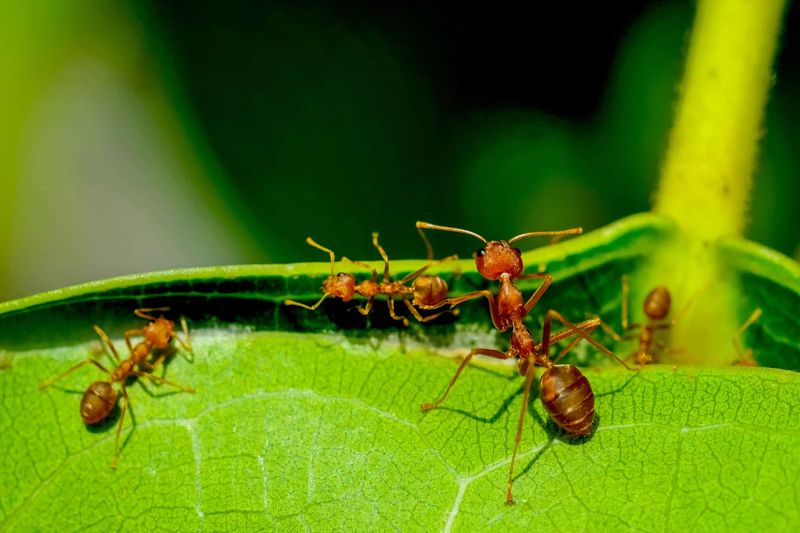
Persistent ant problems might need the pros. Calling in pest control can ensure your yard is safe. Think of them as the cavalry coming to your rescue.
They know the best methods to eliminate nests without harming the environment. It’s about getting expert help to reclaim your space.
With professional intervention, you can enjoy your backyard without worry. It’s an investment in comfort and peace of mind, making it worth every penny.






